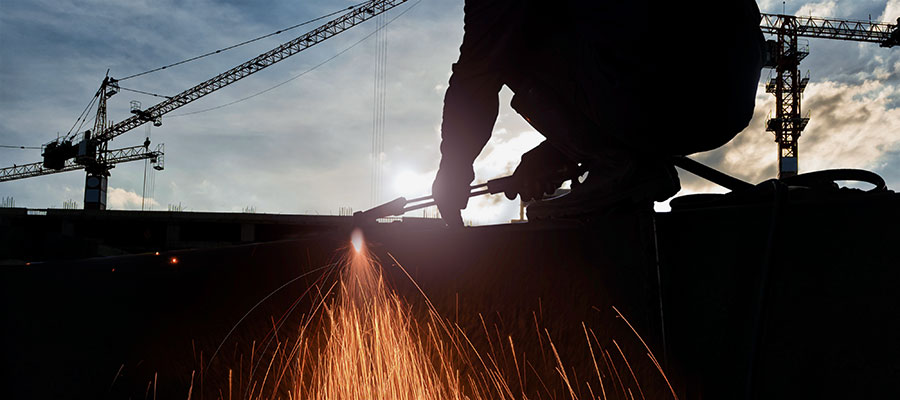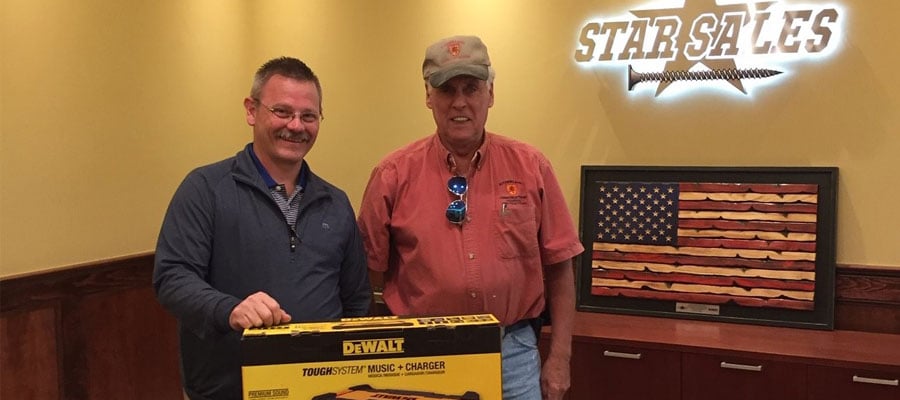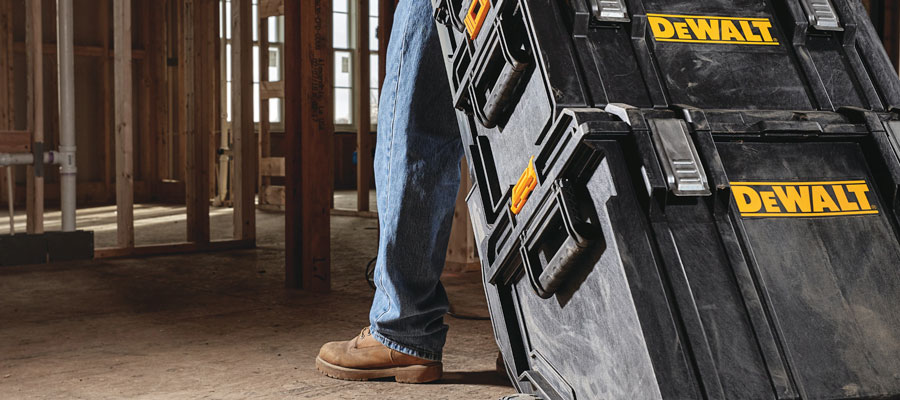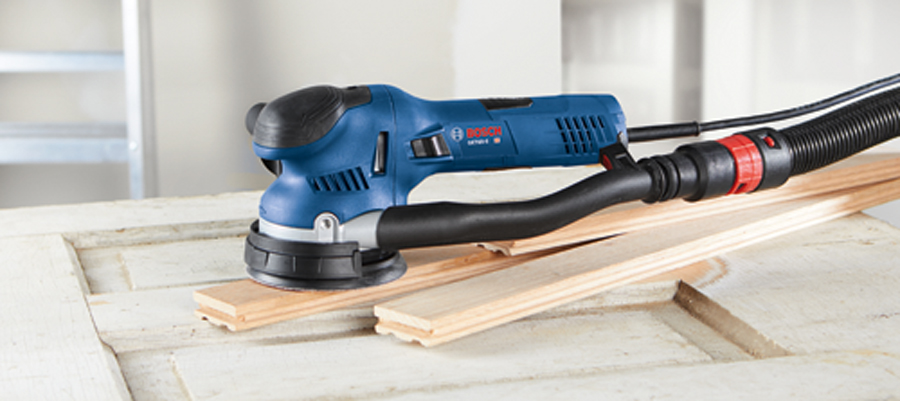Some years ago, a new firefighter in a rural area responded to a house fire. Upon arriving, he put on his equipment and rushed into the structure to find a man in coveralls and a feed store cap dousing the fire with a garden hose. After chewing the guy out and sending him out of the building, he proceeded to get the fire under control to later learn that the guy in the feed store cap was the local fire department Captain. Obviously, this is not the kind of example you want your crew to follow in the event of a fire on the job site.

With the number of flammable materials on many construction sites, fire is, unfortunately, a common occurrence. Does your crew know how to handle things when the job is too hot to handle? What kind of fire extinguisher do you need to take care of the problem? Where should you keep fire extinguishers and what are the best practices to implement on your job site? Here's a quick look at these questions and more to help you keep your work crew safe and working effectively.
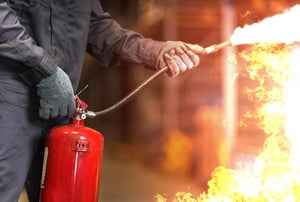
To start, let's talk about fire prevention. If you've had a chance to read through the entire label, there are a frightening number of construction products that are made from flammable material, typically solvents used to cure glues, paints, sealants and similar materials. If you can keep these materials out of the sun, away from heat sources and preferably secured in a locked container to prevent accidental spilling. OSHA requires a minimum of one 2-A rated fire extinguisher, a 55-gallon barrel of water with two fire pails or a 1/2" minimum garden hose 100' or less in length that can discharge 5 gallons of water per minute and stream at least 30' horizontally for every 3,000 square feet of structural space.
It's important to have a plan of action for a fire. Make sure a few people in your crew know how to react in the event of a fire. They should be aware of where the power breakers are for the job site so that electricity can be cut during a fire, preventing shorts that may cause additional fires to break out. They should be familiar with the operation and location of fire extinguishers on the job site, as well as which type of extinguisher to use in which situation.
But what are the differences between the different types of fire extinguishers and why is it important? An extinguisher for simple combustible material such as wood or paper may use a different approach than an electrical or grease fire. Generally speaking, the extinguisher stream should be focused on the base of the fire. Here's a quick overview of each class of fire extinguisher:
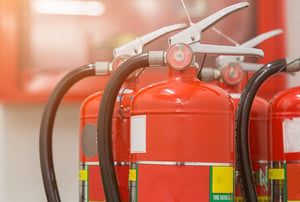
- Class A: Regular Combustible Materials
- Class B: Liquids that are Flammable
- Class C: Electrical Fires
- Class D: Metals that are Combustible
- Class E: Gases that are Flammable
By knowing how to respond to job site fires properly, you can help prevent or minimize loss of equipment, material and personnel during an emergency. If you need help finding the right combination of fire suppression equipment to keep your project running smoothly and your crew safe, the experienced associates at Star Sales can help. Please feel free to contact us today to get started.

